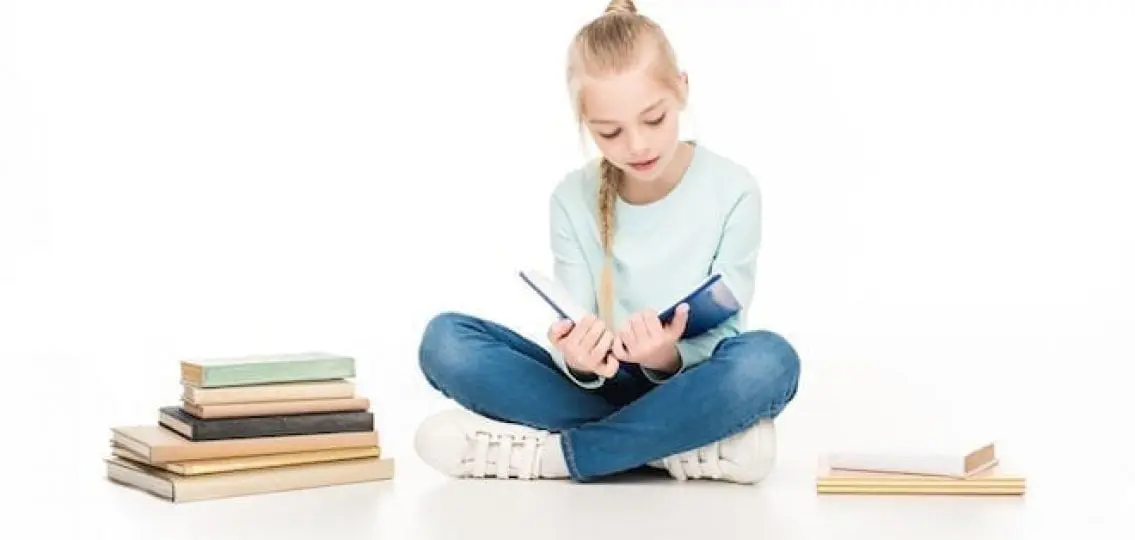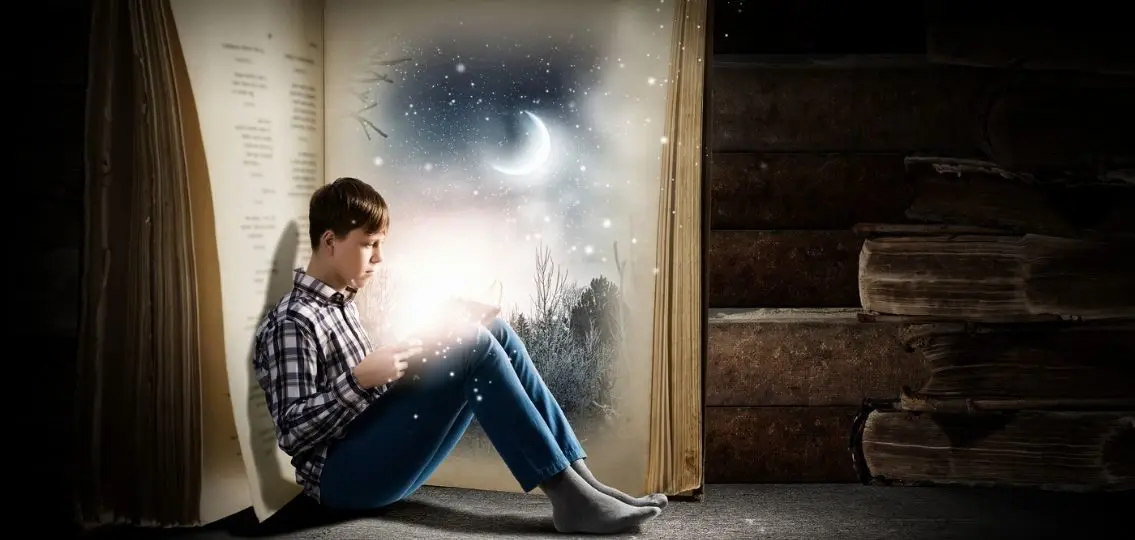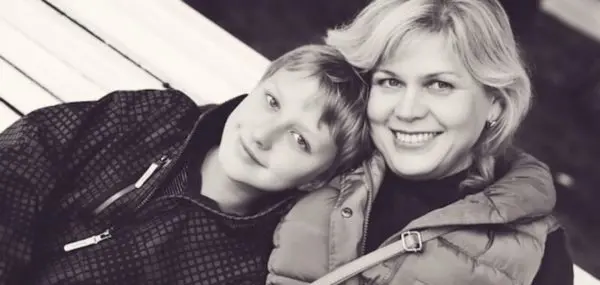As an educator and a writer, the number one question I get from parents in regards to their child’s reading is not “How do I get them to read?” but instead, “How do I know what books are appropriate for their age?”

There are guidelines, of course, categories under which books fall. Middle-grade literature is often shorter and typically aimed at ages 9-12. It involves that quintessential coming-of-age story and the first awareness of issues larger than oneself. It also avoids the sexual awakening and the profanity you find in young adult literature aimed at teens.
But the boundaries are porous. Books slip and slide in and out of these age ratings with ease. For example, Harry Potter is classified as middle grade. However, its length and subject matter, if you stuck rigidly to the rules, would place it better among young adults. Diary of a Wimpy Kid is only 20,000 words, barely novel-length even for middle grade, yet it’s a favorite among young teens.
To stick to the categories would be to limit your child’s experience unnecessarily. Whatever lights that spark in reading should be protected and encouraged, and it’s a magical thing to find the book that hooks your child into a story greater than their own.
However, with the popularity of Thirteen Reasons Why and other books that deal with suicide, death, and the darker sides of teenage angst, you have to practice walking that line between encouraging experiential reading and safeguarding the mind and emotions of your child.
The Keys to Finding Age Appropriate Books
Here are three main practices I advise for parents when choosing appropriate books for tweens.
1. Research together.
Finding book choices is the first step. At the beginning of every school year, I have my students create a Goodreads account if they do not already have one and then enter books they have already read and liked. This part is key. Once Goodreads knows your likes, it can suggest other books in the same genre or with the same subject matter and reading level. It shows you the ratings and the reviews and synopsis. In short, it gets the ball rolling. As a parent, you can also create an account and swap book recommendations with your child.
2. Read it first—or at least skim it.
Only you know your child. You know their reading level, their sensitivities, their interests, and their current needs. No one but you can try to predict how a book might land in their world. And so, even if it’s only a skim, it’s better for you to put eyes on it first.
However, sometimes you simply can’t read every page they bring through the door. That’s when you call in your tribe—your parent friends whom you trust who might know about it or perhaps they have older kids who have already read it. Or, ask the school or young adult librarian, or utilize sites like Goodreads or CommonSenseMedia.org for independent reviews.
In other words, you do your background check as best you can. And if your kids do come home with a book that is beyond their years in reading level or subject matter, you can go back to these sources to find books along the same lines — but are more suitable for your child. Rather than saying “no”, always try to say “how about this instead?”
3. Ask: Is there a message here or is it sensationalism?
Death and suicide and racism and sexism and bigotry of all kinds are out in the world. Limiting books based on these topics does not shield your child from them. Literature exists not only to entertain, but also to encourage children to process such issues in a safe environment.
Banning books is never the answer. But, consider the intent of each story. Is it to sensationalize hot-button issues? Or is it to give the character greater awareness of himself or herself? A novel does not have to end happily ever after to contain a meaningful message, but consider To Kill a Mockingbird and Bridge to Terabithia and even Charlotte’s Web. Loss of innocence and racism and death are present, but they are not the point and purpose of the story.
The story is how each character walks through something hard with hope at the forefront; this, more than age-level or subject matter, is the primary indicator of appropriateness.
Does it exist to shock and awe or will it also help your child think through the hard issues?

Preteens and teens are at their first pivot points in life. Their self-awareness is right there for the taking, and books provide a medium through which they can process it all. As their parent, you can dig with them by finding age appropriate books and stories that will meet them where they are.




